For this project, you will create an images dealing with the notion of an individual's idea of their Happy Place.
Essentially, you are going to take a portrait of someone and then combine it with a photo of the place in which they feel most happy, most at peace, or most sacred.
You will combine the images to make into one composite image. The technical aspects are really pretty easy.
I would like you to follow this link and watch the video to more fully understand the process. If your camera doesn't support multiple exposure, or you don't want to combine them in camera, then you can combine them in your image editing application.
Some Canon Digital Cameras offer a very fancy way to do this where you can select a starting image and see that overlapped in real time with what you are shooting for the second image. Here is a really nice write up and video on the topic.
This may sound crazy, but don't worry about how the two images will go together. Just try to create two compelling photos. How they go together is part of the happy accident/magic of the whole thing. You may even want to combine horizontal images with vertical images. I would take multiple portraits of the same person and multiple shots of the happy place so that you have some to choose from if necessary.
Here are some nice multiple exposure portraits created in the same way.
And some more…
Here are yet some more, but they seem less 'happy accident' and too forced for my taste
In Summary:
If you are shooting digitally, see if you camera supports in-camera multiple exposure. If so, you may want to go that route (especially if it supports Live View overlay of the first image). If not, shoot the two shots, convert them to Black and White (for this assignment anyways) then combine the layers in your image editing program.
If you are shooting film, see if your camera supports multiple exposures. If so, you may want to try it that way. Of course, the problem with this is that you have to shot the second shot right after shooting the first shot. Not a big deal if you take the photo of your subject in the place where they are happy. If you camera doesn't support multiple exposure, then you just shoot both things separately, scan the negs, and combine them in you image editing program. If you camera doesn't support multiple exposure, but you really want to do this in camera, you can take the portraits first. Then you can rewind the film and advance it to the correct frame to shoot the happy place over it. Tricky, but doable.
In order for the final composite to look good, you have to take two really nice photos. The composition of the portrait is particularly important as it is largely responsible for the composition of the final composite. Beware of too much negative space. Think carefully about the posing. Can you include a hand or arm to break up the space and not just take a 'senior photo' 'head and shoulders' looking image?
The images must have some contrast. The partial obfuscating of the portrait with the image of the place only happens where there is changes in tone. If both images are flat, expect an unsatisfactory composite. When shooting Black and White film, consider the use of color filters when appropriate to create difference in otherwise similar tones.
When shooting in color, it is very important that you take time and care in your black and white conversion in your image editor.
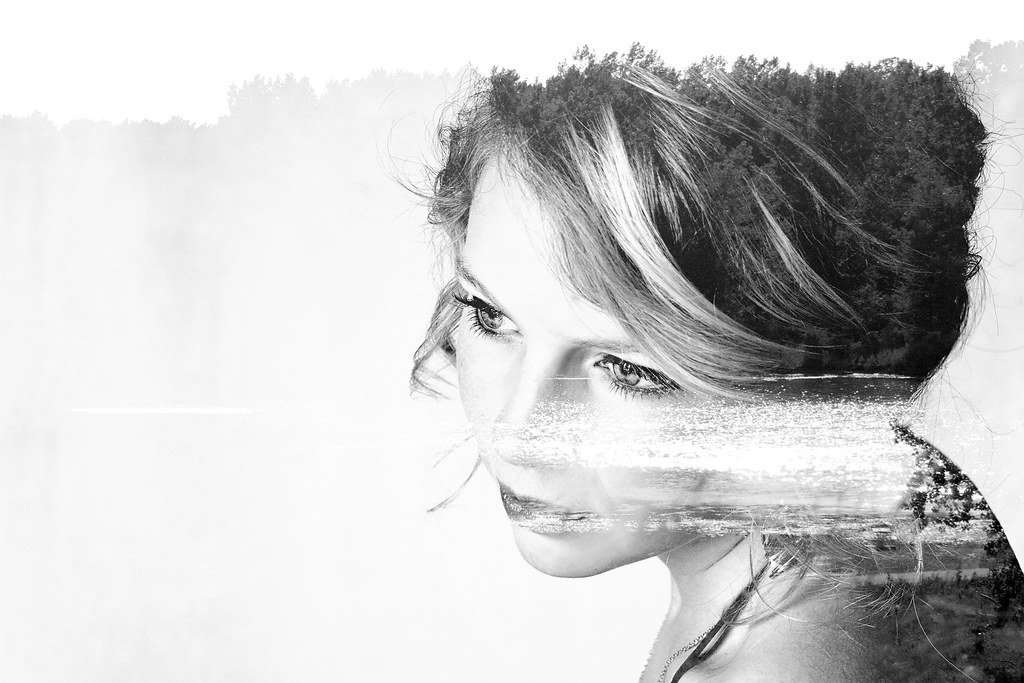
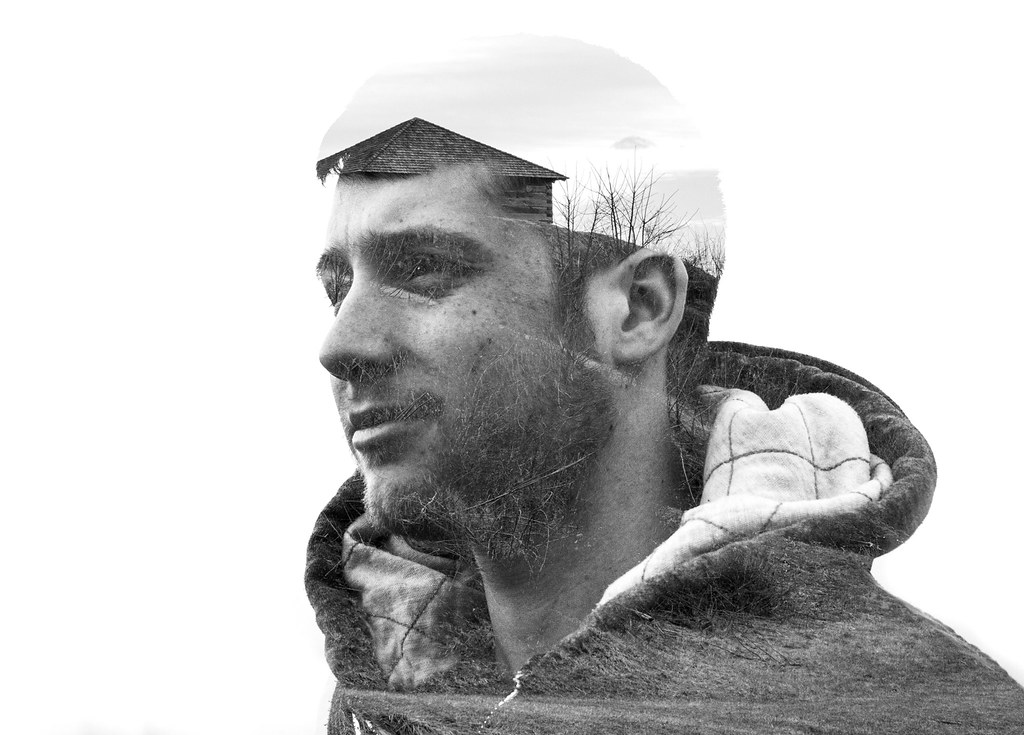
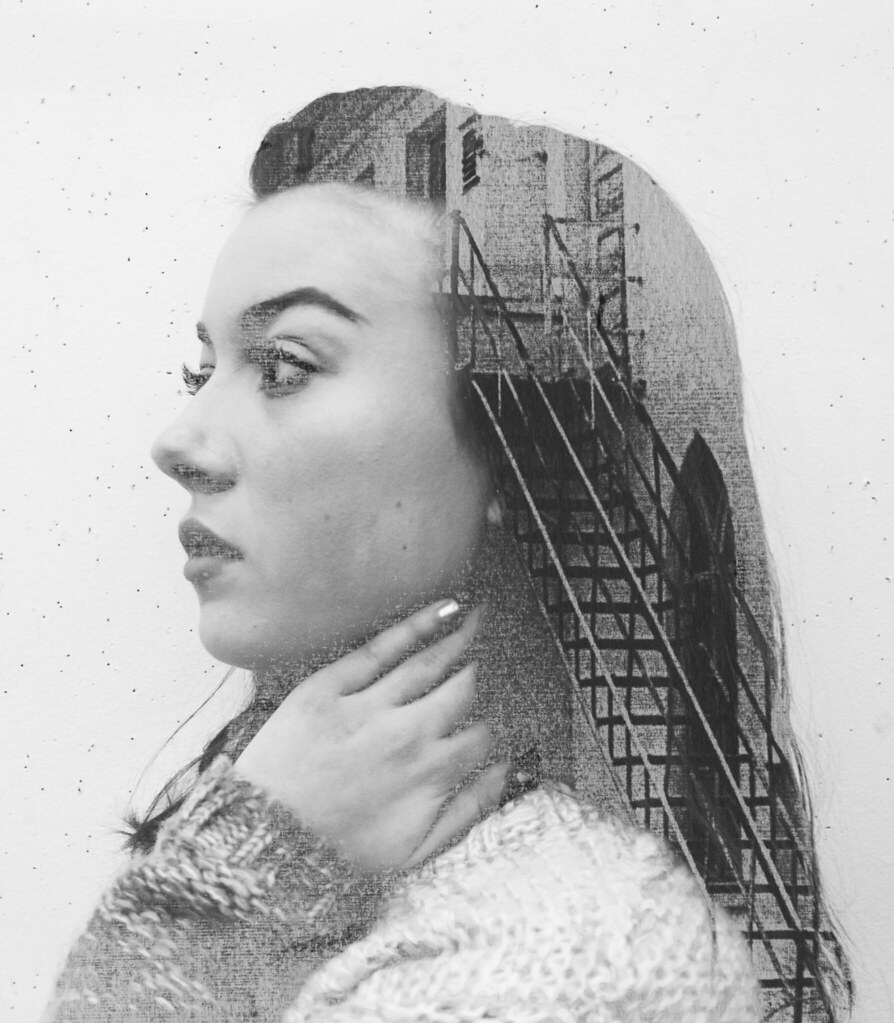
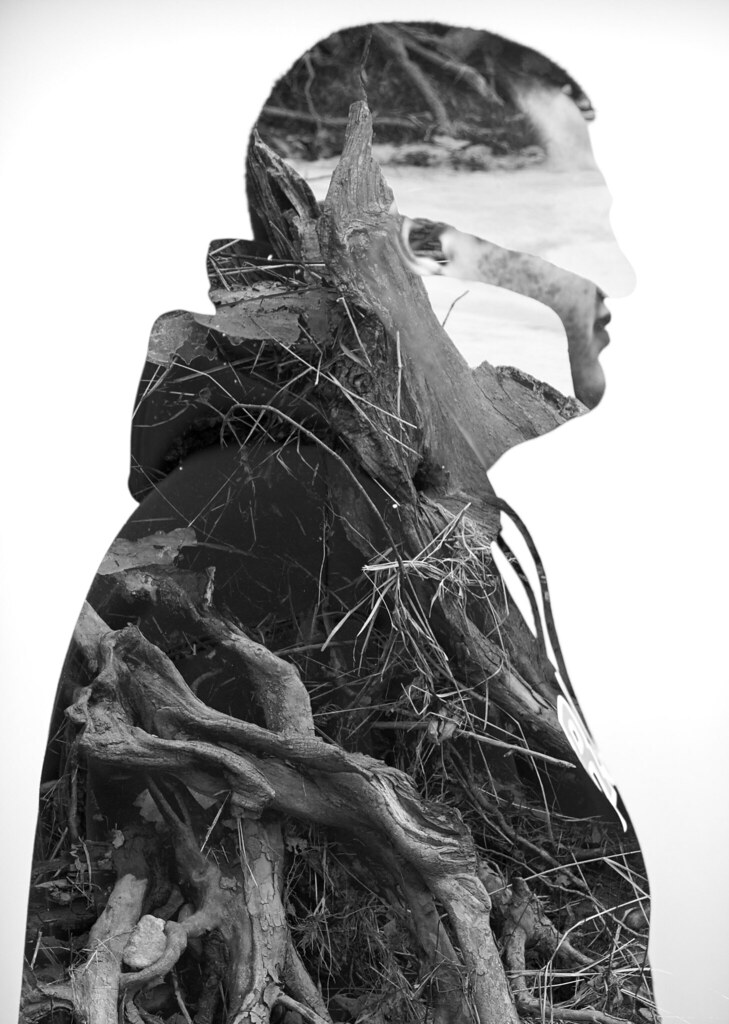
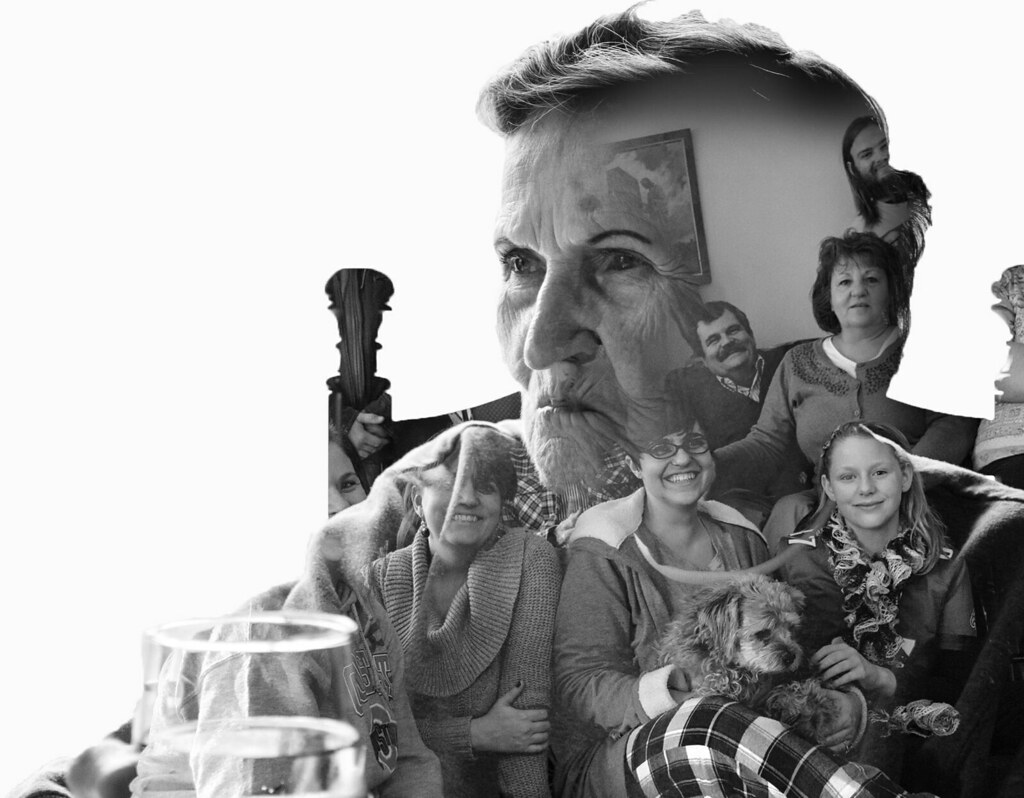
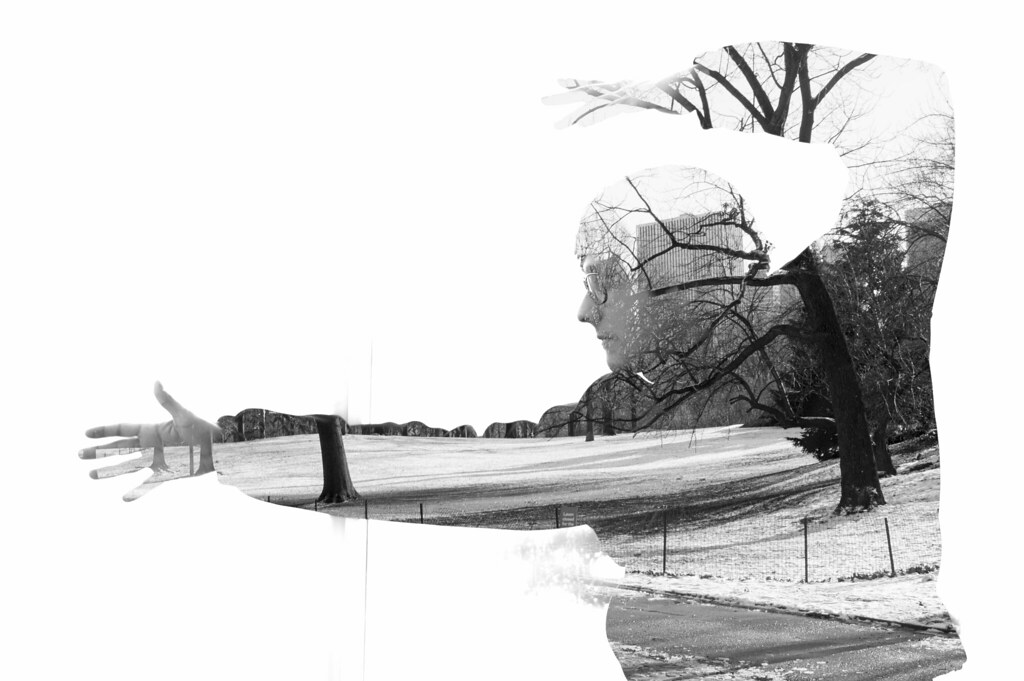

No comments:
Post a Comment